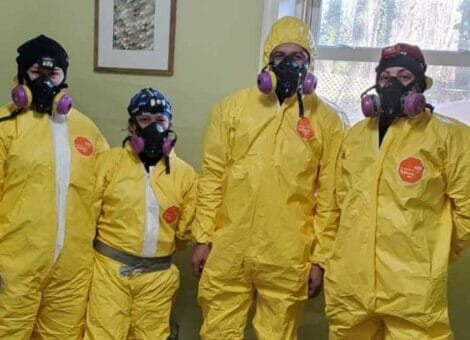
Five Myths About Asbestos IN GEORGIA!
Although asbestos usage has been controlled by government agencies since the 1970s, it may still be found in many U.S. ...
Read More >
Open 24/7
Call: 706-425-9374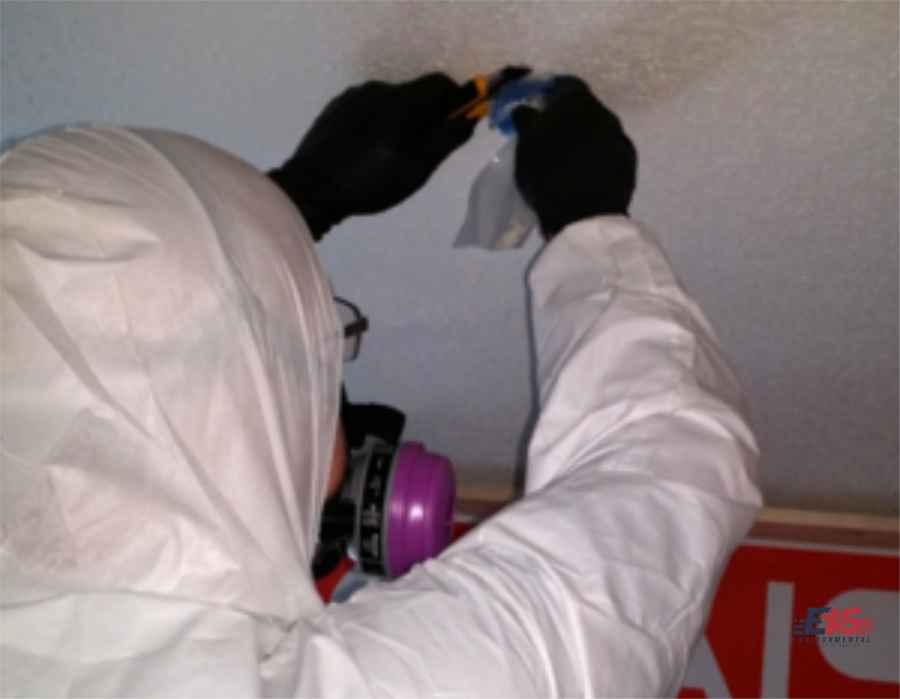
At Es America, we frequently encounter clients who are perplexed and upset by the various information they receive from inspection firms about the quantity of sample that is necessary. This raises the issue, “How many asbestos samples are sufficient?” Too few samples might land you in trouble, while too many can eat up your money unnecessarily. The criteria for asbestos sampling are discussed in this blog.
Because of its heat and corrosion resistance, as well as its durability, asbestos has been utilized in a variety of applications in the past. As it became evident that any degree of asbestos exposure is detrimental to humans, regulations were enacted to limit people’s exposure to this toxic material. This involves partially prohibiting its manufacturing, enacting legislation on safe management and building procedures, and raising public knowledge about its presence. Asbestos is still present in buildings built before the regulations were enacted, and it may be found in some consumer items.

Renovation or demolition of structures, as well as any other action that may disrupt suspicious asbestos-containing material, necessitates an examination by certified company (ES-America) to determine the appropriate work procedures. The only way to know if an item contains asbestos is to have it analyzed by a professional laboratory. Only test suspicious materials if they are damaged (fraying, crumbling) or if you are planning a repair that would disrupt the suspect material, according to the EPA. A fully trained and licensed asbestos specialist should obtain samples.
If you live in and own the single family house to be remodeled, you may take your own samples for the purpose of identifying asbestos-containing materials. If you own the house, but you are renting it to someone else, or you own a house and share it with someone else, legally, you are not supposed to take samples.
Even though you can legally take the samples, but should you?
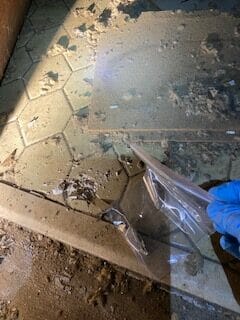
Taking asbestos samples by yourself is not recommended. Asbestos fibers that would cause health problems are much too small to be seen or noticed by human eyes, and sometimes they can’t be easily detected even with a powerful microscope. In fact, an average human hair is approximately 1200 times thicker than an asbestos fiber. You may release asbestos fibers into the air or onto yourself without knowing or noticing.
When sealed in place at your home, asbestos don’t release fibers into the air, but when disturbed it will, especially when the material is friable. A word about the term “friable”. A material that contains asbestos is friable if the material, when dry, may be crumbled, pulverized, or reduced to powder by hand pressure. Popcorn ceiling texture and fibrous backing of sheet vinyl are examples of friable materials. A previously non-friable material will become friable after such previously non-friable material becomes damaged to the extent that it meets the criteria as a friable material. The window putty, the tile and roofing material that contain asbestos will become friable after they are damaged or seriously disturbed.
When a material become friable during sampling, it will release asbestos fibers into the air and present a health threat to people living in it.
Call ES-America (certified sampling technician) – We can help you!
When you feel uncomfortable about asbestos materials at your property, call us and arrange a sampling technician from our lab to come to your home and take the samples for you
The EPA, along with other regulatory agencies (depending on region), requires that each homogenous group of suspicious asbestos-containing material be inventoried and classified during an asbestos evaluation. This includes objects of various shapes, colors, and sizes. After that, a certified inspector must take independent samples from each type of material or presume that the substance includes asbestos. Here’s a rundown of how those samples should be classified and collected:
Consider the chocolate chip cookie example if you’re wondering why more than one sample of a homogeneous group is required. You could not receive a single chocolate chip when you bite into a chocolate chip cookie, or you might get numerous. The same is true for asbestos-containing materials: depending on the production process or analytical method constraints, you may or may not obtain what you’re searching for with only one sample. Furthermore, depending on the kind of material, multiple types of analysis and analytical equipment may be required to fulfill all regulatory criteria and industry standards.
The rules discussed above are just an overview. In the end, it truly takes a qualified, accredited inspector from an independent firm to know what is right for asbestos sampling. Requirements can also vary by state and for some materials, it really requires an experienced professional to ensure proper sampling methods and numbers of samples. It is never really possible to determine the exact number of samples required until the entire inspection process has been completed.
Call us now at (706) 206-3733 to learn more about how we can help you with your Asbestos issue.

Although asbestos usage has been controlled by government agencies since the 1970s, it may still be found in many U.S. ...
Read More >
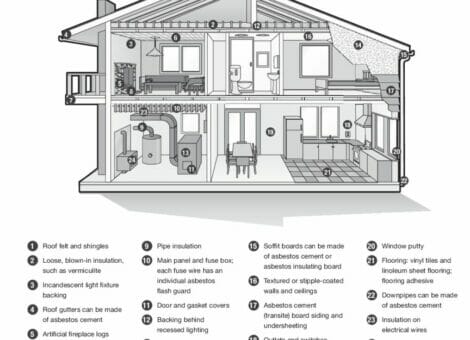
5 keys to determine if asbestos in home Asbestos is one of those substances that almost everyone knows is harmful, ...
Read More >
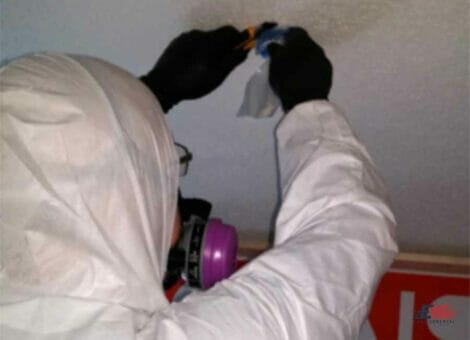
At Es America, we frequently encounter clients who are perplexed and upset by the various information they receive from inspection ...
Read More >